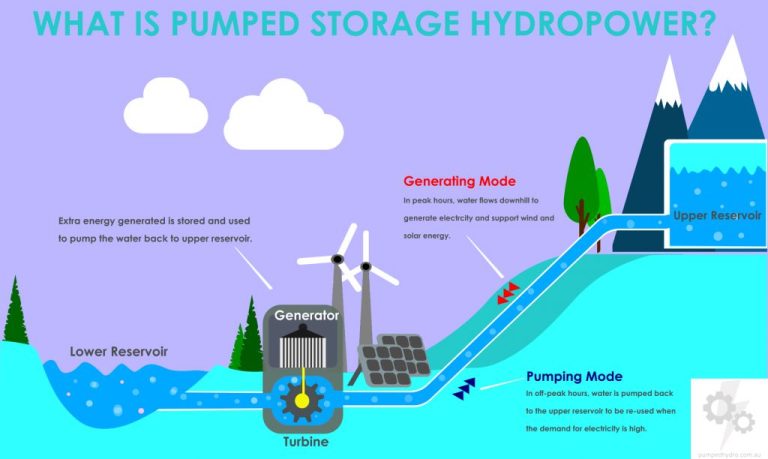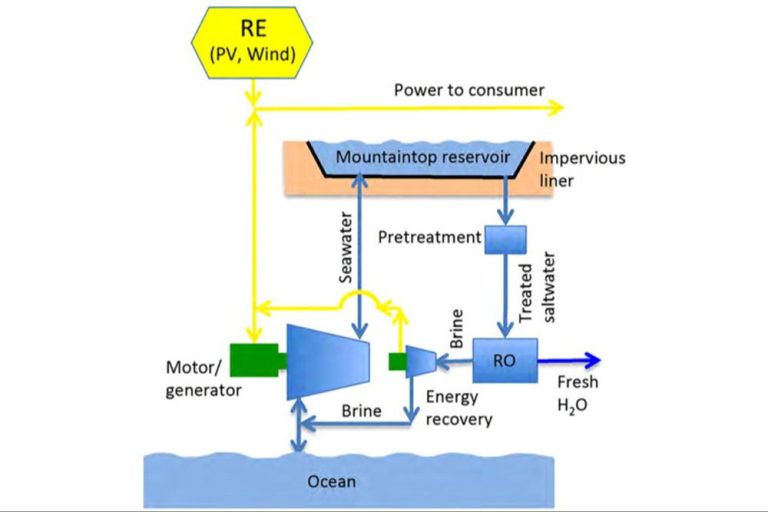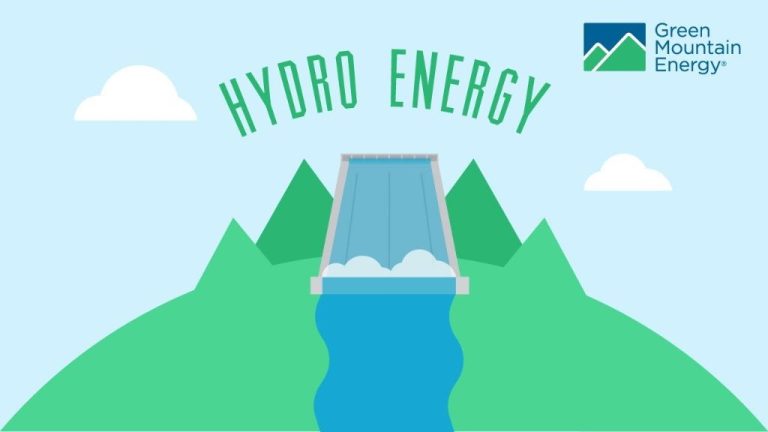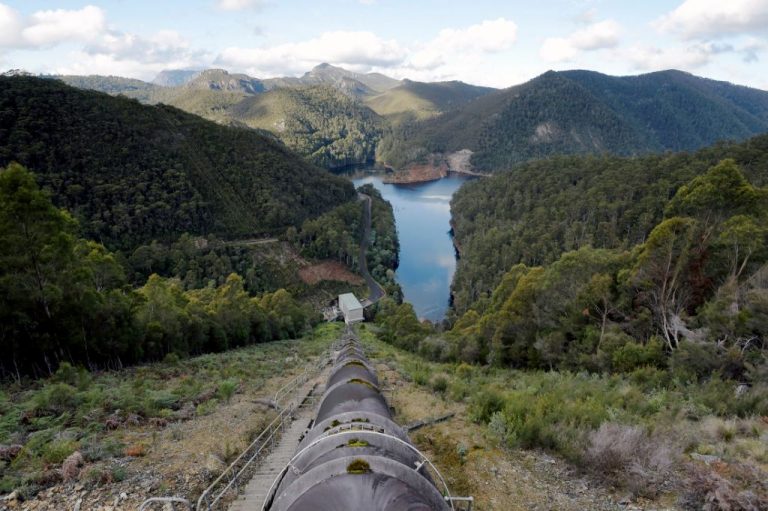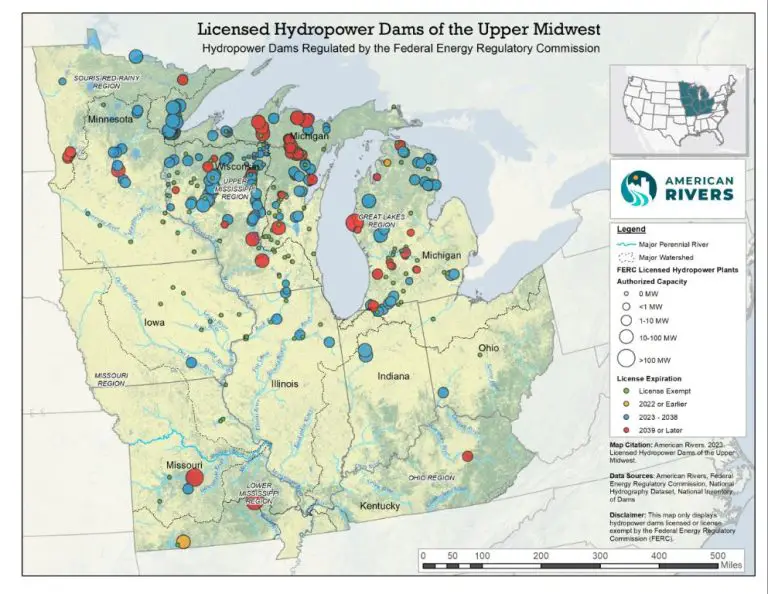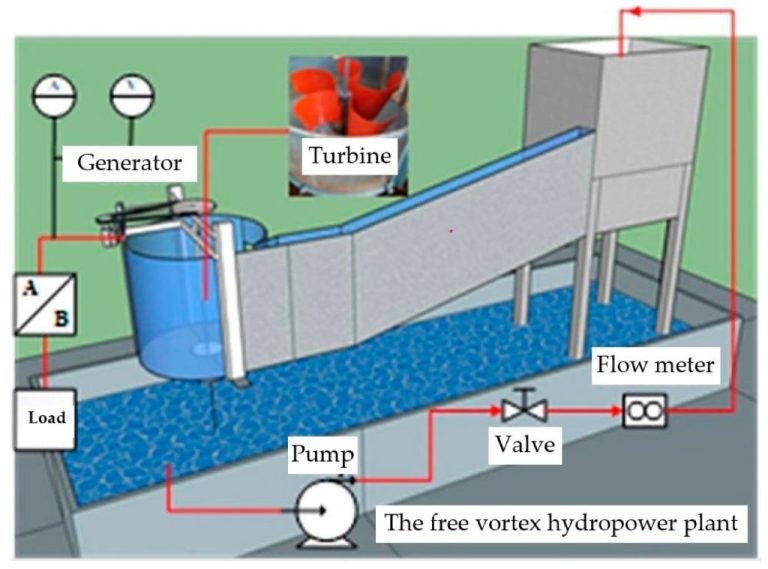How Are Hydropower And Geothermal Energy Similar?
Hydropower and geothermal energy are two renewable energy sources that are playing an increasingly important role as alternatives to fossil fuels. Both utilize natural flows and forces to generate electricity without emitting greenhouse gases.
Hydropower harnesses the energy of moving water, often from dams and running rivers, to turn turbines and generate electricity. Geothermal energy taps into the natural heat inside the earth to produce steam that powers generator turbines.
While utilizing different natural resources, hydropower and geothermal energy share some key similarities in how they work and their environmental advantages.
Both Utilize Natural Sources
Hydropower and geothermal energy share the similarity that they both utilize natural sources for generating electricity. Hydropower harnesses the kinetic energy from flowing water, often from rivers or streams, to turn turbines and generate power. The moving water spins the turbines, which converts the kinetic energy into mechanical energy. This mechanical energy then rotates electromagnets within a generator to produce electricity through electromagnetic induction.
Whereas hydropower utilizes the movement of water, geothermal energy taps into the natural heat beneath the earth’s surface. By drilling wells into reservoirs of hot water or steam under the ground, geothermal plants are able to utilize this geothermal energy to produce electricity. The geothermal reservoirs heat the injected water into steam, which then spins turbines coupled to electricity generators in a similar process as hydropower. In this way, both hydropower and geothermal power plants generate electricity by converting natural sources of energy into rotational mechanical energy to turn turbines.
Energy Conversion Process
Hydropower and geothermal energy utilize similar processes to convert natural sources into usable electricity. Hydropower converts the kinetic energy of flowing water into electricity by channeling water to turn turbines. The motion of the turbines spins a generator to produce an electric current. Geothermal energy uses heat from underneath the earth’s surface to boil water into steam. This pressurized steam then spins turbines which activate a generator to produce electricity. So while the energy sources are different, both hydropower and geothermal power generation rely on using steam or water to turn turbines connected to electricity generators.
Low Emissions
Both hydroelectric and geothermal energy utilize natural sources and processes that do not require the burning of fossil fuels. As a result, both energy sources produce very low emissions of greenhouse gases like carbon dioxide compared to coal, oil, and natural gas power plants. This makes hydropower and geothermal attractive options for reducing the overall carbon footprint of a region’s energy supply. Hydroelectric dams and geothermal power plants emit little to no carbon dioxide, methane, sulfur dioxide, or other pollutants associated with fossil fuel combustion during operation. The low emissions profiles of hydropower and geothermal give them an advantage over conventional thermal power plants in meeting emissions reduction targets and environmental regulations.
Weather Dependent
Both hydropower and geothermal energy are dependent on weather and climatic conditions. Hydropower depends on having sufficient precipitation and water flow to drive turbines. Insufficient rain and snowfall in watershed areas can reduce hydropower output. Prolonged droughts can severely impact reservoirs and river flows. Geothermal depends on having adequate underground heat from the Earth’s core rising to the surface. This geological heat gradient varies across locations and can determine the feasibility and productivity of a geothermal site. Dry spells and cooling in underground hot spots can reduce geothermal power generation. While they tap different sources, hydropower and geothermal energy are both subject to fluctuating weather and geography that affect their potential energy output.
Geographic Limitations
Both hydropower and geothermal energy have geographic limitations that restrict where they can be utilized. Hydropower requires flowing water, generally in the form of rivers or waterfalls, in order to generate electricity. Therefore, it can only be harnessed in locations with adequate water resources and flow. Geothermal energy requires natural heat sources underground, usually near tectonic plate boundaries or volcanic activity where hot water and steam are available to tap into. This means geothermal plants need to be built over existing geothermal reservoirs to generate power. Both energy sources are restricted to areas with the right geographic and geological conditions. For hydropower, hilly or mountainous regions with rivers are ideal, while geothermal works best in places with high subsurface heat, limiting where these technologies can be deployed.
Impact on Surrounding Environments
Both hydropower and geothermal energy can impact surrounding environments, ecosystems, landscapes, and wildlife. Dams built for hydropower projects can change the natural flow of rivers, divert water from certain areas, and limit the movement of aquatic species. The large reservoirs created by dams also inundate land upstream, altering natural habitats. Geothermal power plants rely on pumping hot water or steam from underground reservoirs. Removing large amounts of heat and fluid from geothermal systems can cause ground subsidence, geyser decline, and other local disturbances. The facilities and infrastructure required for both hydropower and geothermal plants may also introduce construction impacts and fragment natural areas.
However, with proper planning and mitigation strategies, these effects can be minimized. For example, implementing fish ladders at hydropower dams, monitoring geyser pressures at geothermal sites, or locating facilities away from critical ecosystems. Responsible development and operation practices are important for ensuring hydropower and geothermal energy have the smallest possible footprint on landscapes and wildlife.
Upfront Capital Costs
Both hydropower and geothermal energy require substantial upfront capital costs to build the necessary infrastructure. This includes expenses for site preparation, construction of dams and reservoirs for hydropower or wells and pipelines for geothermal energy, purchasing and installing turbines and generators, and connecting to the electrical grid.
For large-scale hydropower plants, the upfront costs can easily be billions of dollars. Geothermal plants also require significant investment to drill wells thousands of feet underground and build the above-ground power plant. Though the initial costs are high, once built and connected to the grid, the operating costs over the long-term are relatively low. The “fuel” sources of water and underground heat are free and renewable, unlike fossil fuels that must be continually purchased and transported.
The high upfront investment can be a barrier, but it enables decades of low-cost, renewable electricity generation. Both technologies offer excellent long-term return on the initial capital costs.
Growth Potential
Both hydropower and geothermal energy have room for expansion as renewable energy demand rises. Hydropower is currently the largest source of renewable electricity generation globally. However, only about a quarter of the world’s technical potential for hydropower has been utilized so far. With greater investment and infrastructure development, hydropower capacity can continue growing in the future.
Similarly, geothermal energy use is still in early stages worldwide, with vast untapped potential. As geothermal technologies advance and exploration continues, many new resources can be identified and tapped. Enhanced geothermal systems also provide opportunities to extract heat from areas without naturally occurring hydrothermal resources. Overall, both hydropower and geothermal offer renewable energy solutions that can scale up to meet increasing electricity demands.
Conclusion
Hydropower and geothermal energy, while utilizing different natural sources, share a number of similarities. Both rely on existing forces of nature by harnessing the energies contained in moving water and underground heat. The energy generated must go through a conversion process to become usable electricity through the use of turbines or generators. Compared to fossil fuels, hydropower and geothermal produce minimal emissions once facilities are constructed. However, output levels heavily depend on weather and geographic factors. Constructing facilities requires assessing potential environmental impacts and can generate significant upfront costs. With the right conditions, hydropower and geothermal have great potential for further growth as renewable energy sources.
In summary, hydropower and geothermal energy occupy similar roles as two forms of renewable energy that leverage the Earth’s constant natural movements. While they utilize different sources, both require an intermediary conversion process to generate usable electricity. The similarities in benefits like low emissions and geographic limitations showcase how harnessing nature’s elemental powers can provide cleaner energy alternatives to fossil fuels.

